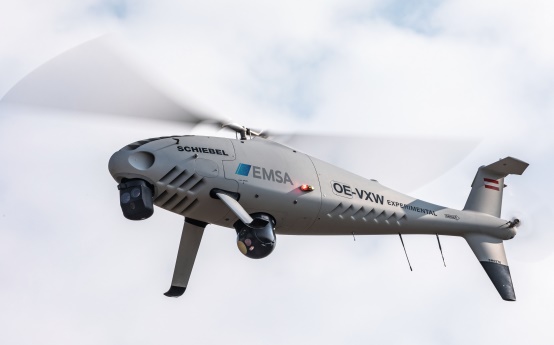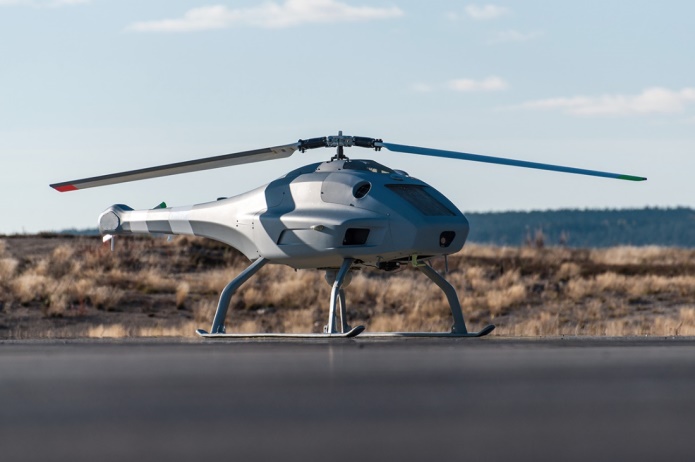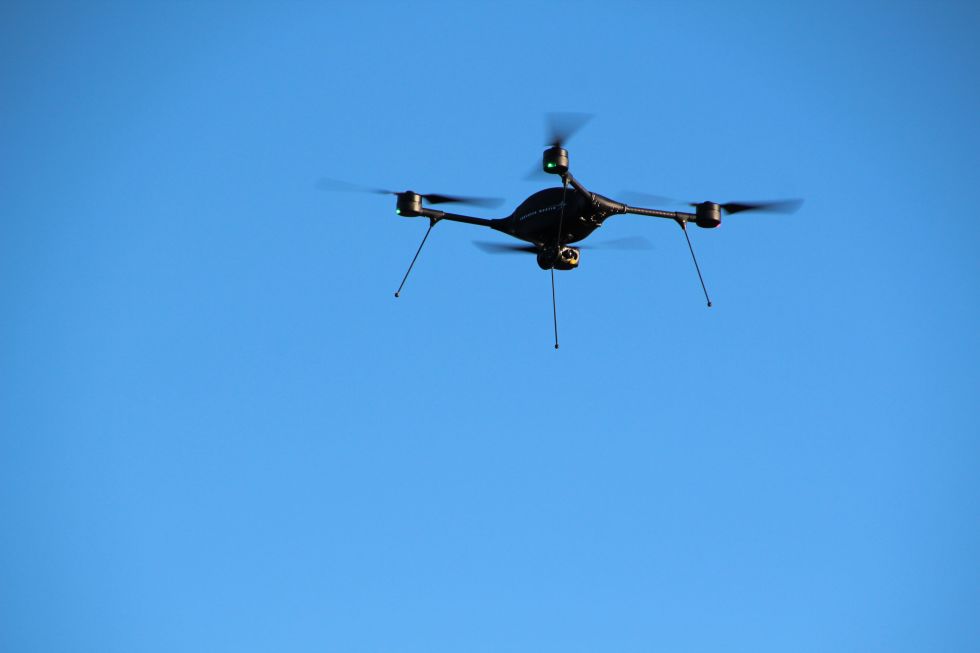EMSA contracts additional RPAS for maritime surveillance, emissions monitoring and pollution response
EMSA has recently secured four contracts for maritime surveillance services based on remotely piloted aircraft systems. These contracts will provide increased maritime surveillance capabilities to European agencies and member states within the context of their coast guard functions. While EMSA has already been providing RPAS services since 2017, these new contracts come in direct response to increased user demand.




For long range-long endurance maritime surveillance, EMSA signed a contract with CEIIA-Centro de Engenharia e Desenvolvimento on 27 September. CEIIA will provide services based on the Hermes 900 RPAS subcontracted from Elbit. This RPAS has advanced capabilities in terms of operational flight duration (more than 12 hours) and payload configuration. It carries optical and infrared cameras, a multi-mode maritime radar, AIS and distress signal receiver, thereby giving it long range detection, recognition, and identification capabilities. In addition, the aircraft is equipped with satellite communications allowing for the surveillance of large maritime areas beyond radio line of sight.
For vertical, take-off and landing RPAS, EMSA signed a contract with Schiebel Aircraft GmbH on 19 November. The Camcopter S-100 RPAS can be operated directly from ships, thereby extending its range of surveillance. This model of VTOL RPAS has the capability of taking off and landing vertically from both the shore and vessels. It has more than six hours operational flight time and carries a payload with optical and infrared cameras, an optical scanner, AIS receiver, and has a maximum range of 100km.
For emissions monitoring, EMSA signed a contract on 2 November with a three-party consortium comprising Nordic Unmanned AS, UMS Skeldar Sweden AB and Norut Noterhn Research Institute AS.
This consortium will provide emissions monitoring and multi-purpose services based on the VTOL RPAS, Skeldar V-200. This RPAS carries a sensor for the monitoring of sulphur emissions, is able to take off and land vertically, has more than four hours operational flight time and a range of more than 50km. The Skeldar V-200 also carries a payload of optical and infrared cameras as well as an AIS receiver.
For support to surveillance operations from vessels, EMSA contracted lightweight quadcopters from Nordic Unmanned AS on 9 November. These services will be based on more than ten INDAGO2 quadcopters from Lockheed Martin. The first devices will be installed on board EMSA’s standby pollution response vessels to support oil spill recovery operations. At a later stage, they may also be activated for surveillance operations from any patrol vessel.
“These new RPAS contracts strengthen EMSA’s maritime surveillance capabilities even further. We are now able to offer extended support to national authorities executing coast guard functions, such as maritime pollution, emissions monitoring and search and rescue operations, as well as to European agencies in the areas of illegal fishing detection, anti-drug trafficking and border surveillance,” explained EMSA’s Executive Director, Markku Mylly.
For more information and further queries, please contact: information@emsa.europa.eu
-
Published28.11.2018
-
Updated28.05.2019
